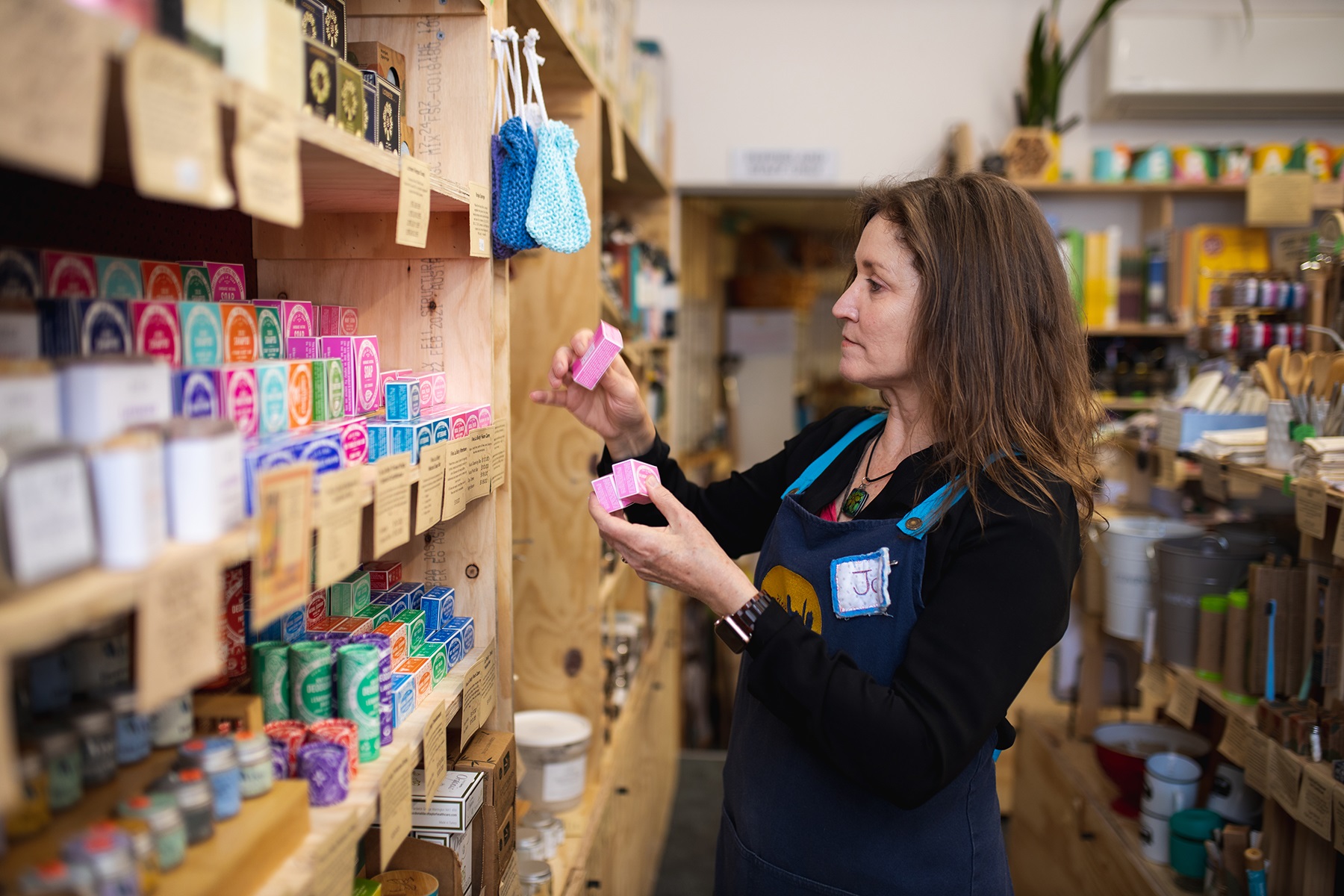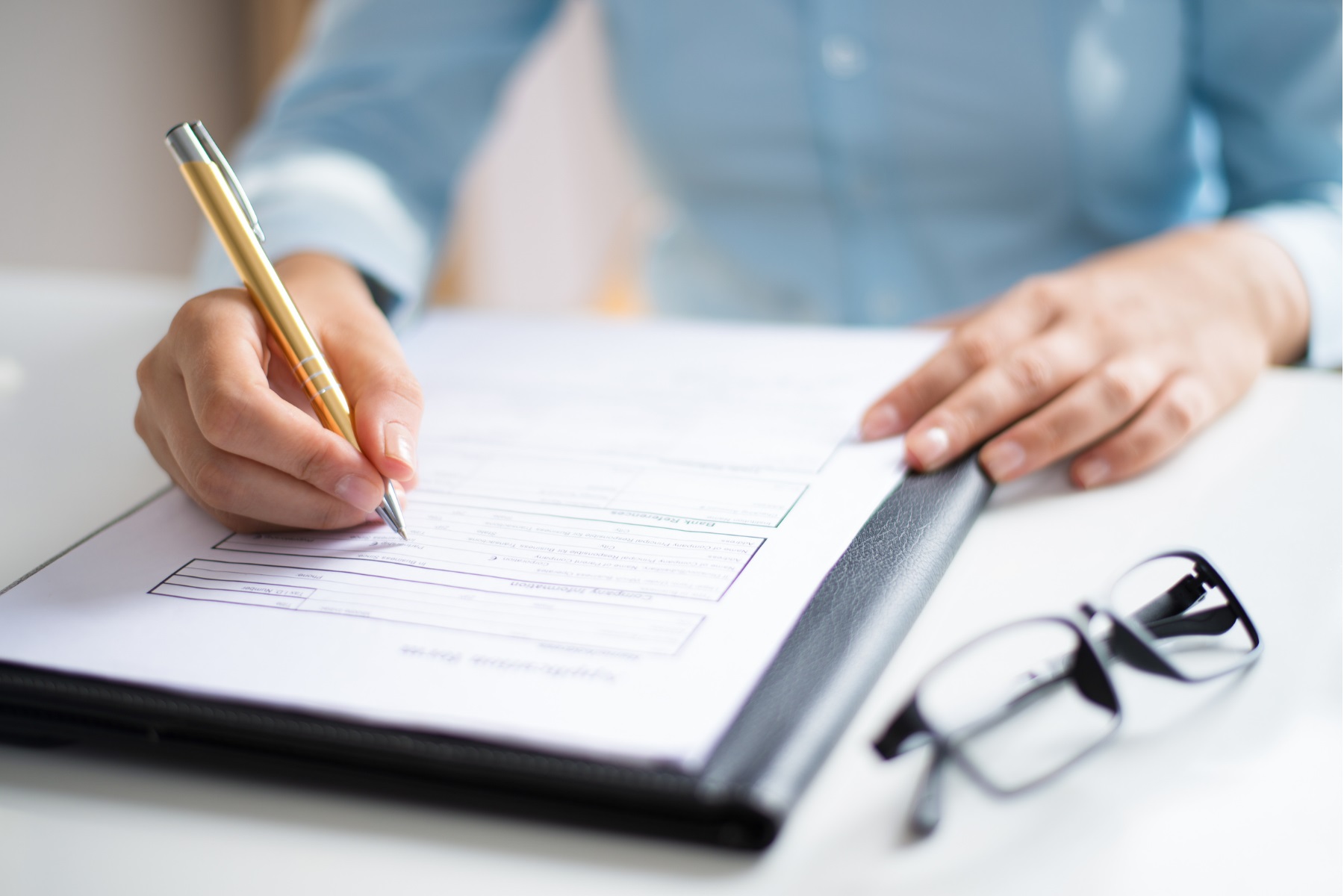Here’s your guide to what to do if a product you make, sell, import, distribute or otherwise work with in your business is recalled for safety reasons.
Every business has a responsibility to make sure their products are safe for consumers, no matter where you are in the supply chain. This means that whether you manufacturer, import, distribute or sell products, you have a vital role to play in safeguarding consumers.
Sometimes, a product needs to be recalled for safety reasons. The Australian Competition & Consumer Commission (ACCC) has updated their information for businesses who are required to carry out a product safety recall.
Why products may be recalled
Your business, or another player in the supply chain, might recall a consumer product for a range of reasons. These could include when its use will or may injure a person, even if it doesn’t appear to be defective.
A recall could also be needed if a product doesn’t meet a mandatory safety standard required by law or government agencies, or if the product is temporarily or permanently banned in Australia.
As a business owner, it’s important to be prepared so you can act on any safety issues quickly and appropriately.
How do you become aware when a product is recalled?
You might learn about a safety issue with your product through a number of channels, including:
- Complaints or concerns from your customers
- Product reviews or media reports
- Recall advice from your supply chain or manufacturer in Australia or overseas
- Product or quality testing
- Being contacted by a government agency
With any safety risk, it’s important to act quickly to prevent issues or minimise the risk of issues.
Take recalls seriously, and act swiftly
Unsafe products can cause injury, illness and even death, for example the risks posed by button batteries.
It’s important to have a process in place to manage recalls, so you are prepared to act quickly. To help you prepare in advance:
- Read the ACCC guide to Conducting a Consumer Product Safety Recall.
- Make a safety recall communication plan outlining how you could contact your customers through advertisements, social media and other channels.
- It’s also important to know that within two days of beginning a recall, you need to report a recall to the ACCC.
If you work with an imported product which has been recalled in other countries, it’s important to be proactive and get in touch with the parent company about managing the recall in Australia. The sooner you act, the better.
What solutions do you need to offer to customers?
If your business sells a product or service that doesn’t meet consumer guarantees (including safety requirements), you need to offer customers an appropriate solution.
You can’t simply ask your customers to take up the issue with the product manufacturer – it’s your responsibility to resolve the issue. Your customers can choose between a refund or a replacement if there’s a major problem with the product – or for minor problems you may be able to offer a free repair service.
The ACCC offers guidelines on whether you need to replace, repair, refund or take other action, depending on the situation.
Find out more about safety recalls
The action you need to take in a product safety recall will depend on a range of factors. Not every recall is the same – so use the ACCC as your source of information.
The ACCC has a range of recall tools and guidelines to help you navigate the recall process in your business, and you can also sign up to their email updates or check their recall page. You might also like to read about competition and consumer law and how this relates to your business.
For more news and updates like this delivered to your inbox, sign up for the SBDC e-news.




